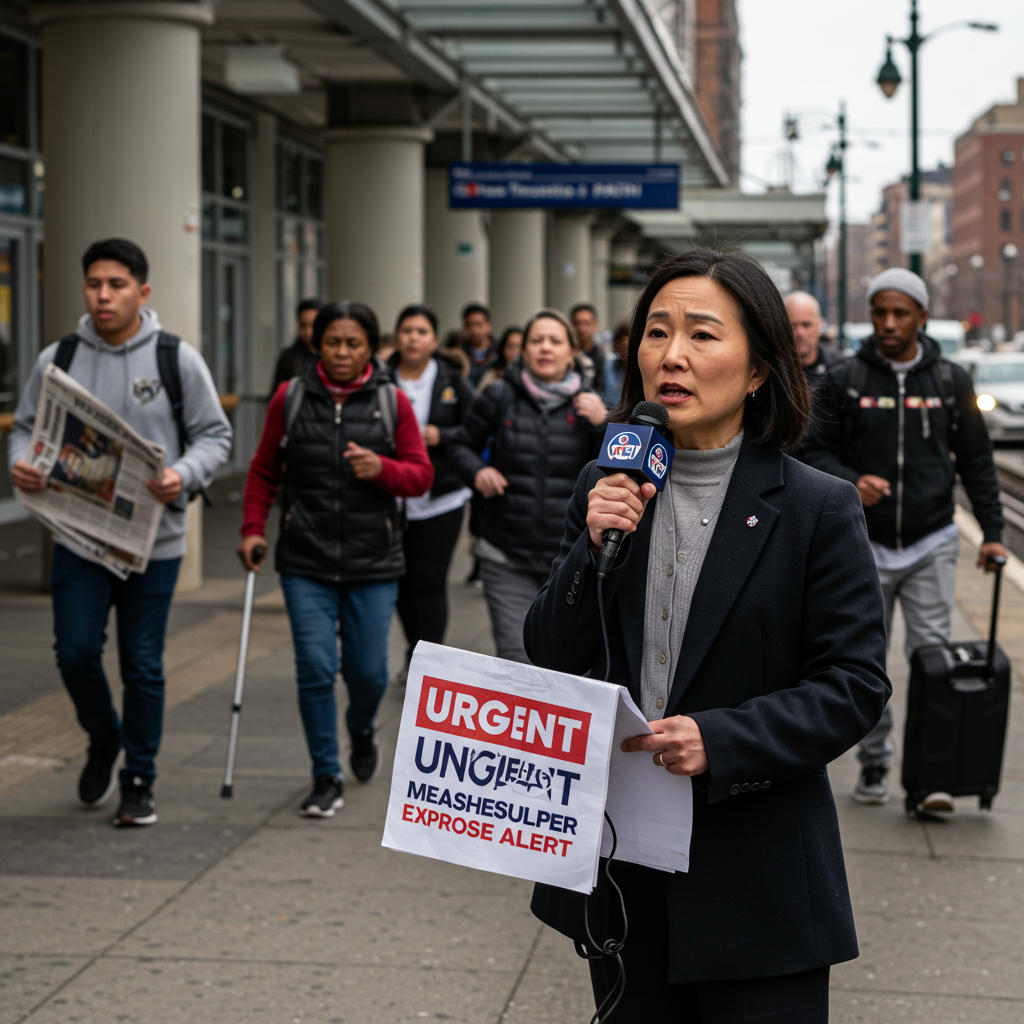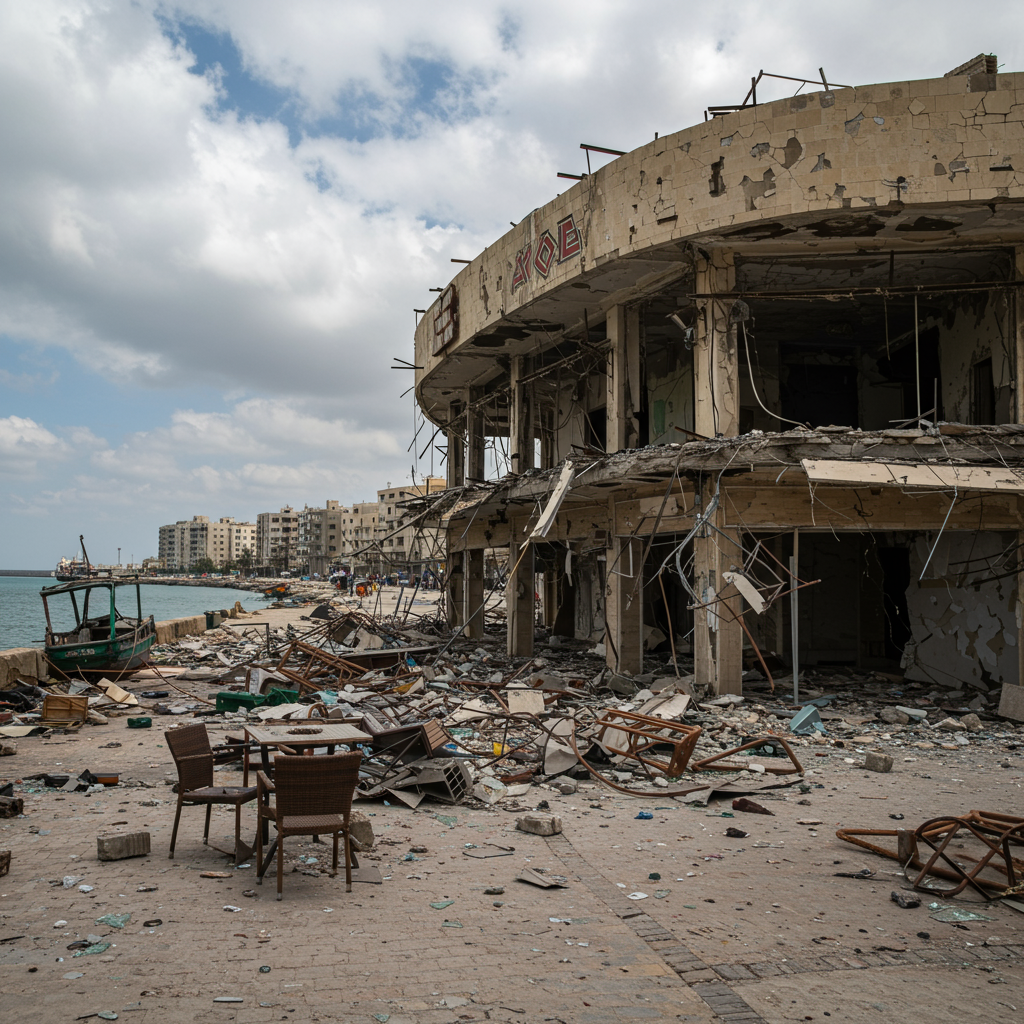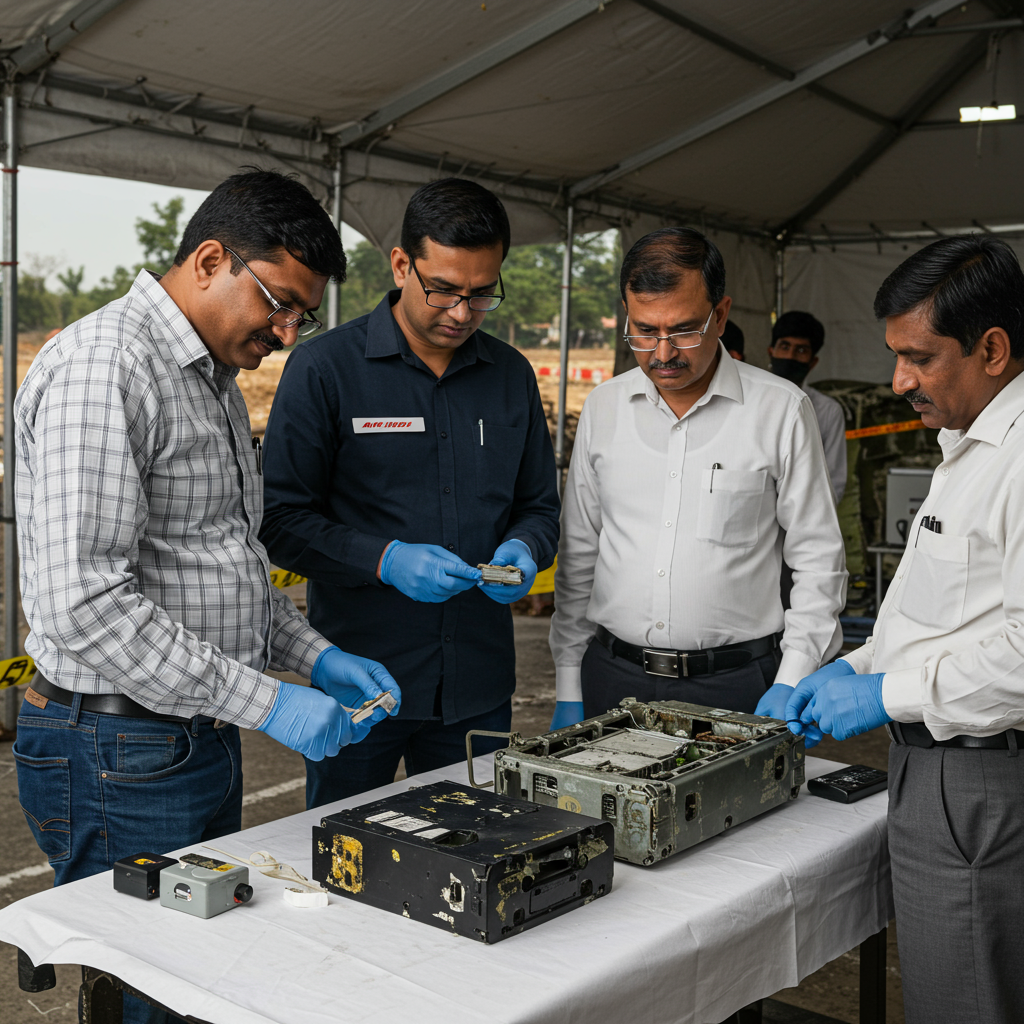New Jersey health officials have issued an urgent public health alert following a confirmed measles exposure on several major public transit lines. A Hudson County resident, diagnosed with measles after contact with an out-of-state case, traveled extensively while potentially contagious. This advisory details crucial information for commuters who used NJ Transit and PATH services in mid-August. Anyone who was on the affected routes during specific times could have been exposed to this highly contagious virus. Understanding the risks, recognizing symptoms, and knowing the immediate steps to take are essential for public safety.
Urgent Public Health Alert: Potential Measles Exposure on NJ Transit and PATH
The New Jersey Department of Health (NJDOH) confirmed on August 23, 2025, that a resident carrying the measles virus traveled on numerous train lines. This individual’s movements between August 13 and August 15 created potential exposure points for thousands of commuters. Health officials are now urging vigilance and proactive measures from anyone who might have been in the vicinity. Measles, while preventable, is a serious illness, and prompt action can prevent further spread. This incident comes amidst a troubling national increase in measles cases, making community awareness more critical than ever.
Identifying Potential Exposure: Dates, Times, and Locations
The detailed travel itinerary of the contagious individual has been released to help the public assess their risk. It’s imperative for anyone who used these transit services to check their travel history against the listed information. The potential exposure occurred across multiple days and specific windows, requiring careful review.
The following NJ Transit and PATH lines and stations were identified as potential exposure sites:
NJ Transit Hudson-Bergen Light Rail (8th Street, Bayonne to Hoboken branch):
Between 9:00 a.m. and 11:00 a.m.
Between 6:00 p.m. and 9:00 p.m.
On August 13, 14, and 15, 2025.
8th Street Light Rail Station in Bayonne:
Between 9:00 a.m. and 11:00 a.m.
Between 6:00 p.m. and 9:00 p.m.
On August 13, 14, and 15, 2025.
PATH Newark on the World Trade Center Line:
Between 9:15 a.m. and 11:45 a.m.
Between 5:45 p.m. and 8:30 p.m.
On August 13, 14, and 15, 2025.
Exchange Place Station in Jersey City:
Between 9:15 a.m. and 11:45 a.m.
Between 5:45 p.m. and 8:30 p.m.
On August 13, 14, and 15, 2025.
If you were on any of these lines or at these stations during the specified times, you should monitor for measles symptoms. Symptoms can appear up to 21 days after exposure, meaning vigilance is required until as late as September 11, 2025.
Understanding Measles: Symptoms, Transmission, and Who is at Risk
Measles is an extremely contagious viral disease. It spreads through the air when an infected person coughs or sneezes. The virus can remain viable in the air for up to two hours after an infected person has left an area. This airborne transmission makes public spaces like trains particularly high-risk environments.
Key symptoms of measles include:
High fever (often over 101°F)
Cough
Runny nose
Watery, red eyes
A distinctive red rash
The rash typically starts on the face at the hairline and spreads downward to the rest of the body. It usually appears three to five days after the initial symptoms begin. Individuals are contagious from four days before the rash appears until four days after its onset.
Those at highest risk of infection are individuals who:
Have not been fully vaccinated with the measles-mumps-rubella (MMR) vaccine.
Have never had measles in the past.
Are immunocompromised.
Are pregnant (measles can lead to serious complications like miscarriage or premature birth).
While New Jersey is currently not experiencing a widespread measles outbreak (defined by the CDC as three or more related cases), this individual case underscores ongoing risks.
Immediate Steps if You Suspect Exposure
Taking the right action immediately is crucial to protect both yourself and the broader community. If you believe you may have been exposed on these transit lines, follow this critical public health guidance:
- Do NOT go directly to a medical office, urgent care, or emergency department. This is paramount to prevent potential further spread of the virus to other patients and healthcare staff.
- Contact your local health department or a healthcare provider FIRST. Explain your potential exposure and symptoms over the phone. They will provide specific instructions and make special arrangements for your evaluation. This could include designated isolation areas or telemedicine consultations.
- Monitor for symptoms diligently until September 11, 2025. Be aware of any changes in your health.
For those born before 1957, general immunity is often assumed due to widespread exposure before vaccine availability. However, if unsure, consulting a healthcare professional is always advisable.
The Broader Picture: Why Measles Cases are Surging
The New Jersey exposure highlights a concerning national and global trend. Measles, once considered eliminated in the U.S. in 2000, has seen a resurgence. As of August 19, 2025, the U.S. Centers for Disease Control and Prevention (CDC) reported 1,375 confirmed measles cases across 42 states. This marks the highest annual case tally in 33 years, exceeding numbers last seen in 1992. This dramatic increase is largely attributed to declining vaccination rates.
Vaccination Gaps: The State Department of Health revealed that 97% of reported measles cases in the U.S. in 2025 were among individuals who were either unvaccinated or had unknown vaccination status.
Herd Immunity Threshold: Public health experts emphasize that at least 95% of a population needs to be vaccinated to achieve “herd immunity” – a level of protection that prevents widespread outbreaks. New Jersey’s vaccination level has recently dropped to 92%, making the state more vulnerable.
High Contagiousness: Measles is exceptionally contagious, making even small gaps in vaccination coverage dangerous.
Breakthrough Infections (Rare): While the MMR vaccine is highly effective (93% after one dose, 97% after two), rare “breakthrough infections” can occur even in fully vaccinated individuals. However, these cases are typically milder and less likely to spread the virus compared to infections in unvaccinated people. This nuance underscores the vaccine’s protective power, even if not 100% foolproof in every single instance.
This latest incident in New Jersey serves as a stark reminder of the importance of maintaining high vaccination coverage. While New Jersey’s seven reported cases in 2025 are relatively low compared to the national numbers, each case carries the potential for wider community exposure.
The Power of Prevention: The MMR Vaccine
The measles-mumps-rubella (MMR) vaccine remains the most effective tool against this preventable disease. It’s a safe and highly effective vaccine administered in two doses:
First dose: Between 12 and 15 months of age.
Second dose: Between 4 and 6 years old.
Most vaccinated adults do not require a booster shot, as two doses provide robust, long-lasting protection. Staying up-to-date on routine vaccinations, including MMR, is crucial for individual health and community well-being. Ensuring vaccination compliance not only protects the vaccinated individual but also contributes to herd immunity, safeguarding vulnerable populations who cannot be vaccinated (e.g., infants, those with certain medical conditions).
Frequently Asked Questions
What are common measles symptoms, and how long should I monitor for them after exposure?
Measles symptoms typically include a high fever, cough, runny nose, and watery red eyes, followed by a characteristic red rash that starts on the face and spreads downwards. These symptoms usually appear 7 to 14 days after exposure. Given the August 13-15 exposure dates, individuals should diligently monitor themselves for any of these symptoms until as late as September 11, 2025. It’s crucial to be aware of the rash, which generally appears three to five days after the initial cold-like symptoms.
Which NJ Transit and PATH lines were affected by the recent measles exposure?
The potential measles exposure in New Jersey occurred on several public transit lines between August 13 and August 15, 2025. Specifically, these include the NJ Transit Hudson-Bergen Light Rail (8th Street, Bayonne to Hoboken branch), the 8th Street Light Rail Station in Bayonne, the PATH Newark on the World Trade Center Line, and the Exchange Place Station in Jersey City. Commuters who traveled on these routes during morning and evening windows on those dates are advised to check the specific times detailed in the health alert.
What should I do immediately if I suspect I was exposed to measles on NJ public transit?
If you suspect you were exposed to measles on any of the identified NJ Transit or PATH lines, the most important step is to contact your local health department or healthcare provider by phone first. Do NOT go directly to a doctor’s office, urgent care, or emergency room without prior consultation. This precaution prevents potential further transmission of the highly contagious virus to other patients and medical staff. Your healthcare provider will guide you on the safest way to get evaluated and receive care.
Conclusion: Stay Vigilant and Protect Your Community
The recent measles exposure on New Jersey’s public transportation network serves as a powerful reminder of the persistent threat posed by vaccine-preventable diseases. While New Jersey is not experiencing a widespread outbreak, the national surge in cases underscores the critical importance of vaccination. If you traveled on the affected NJ Transit or PATH lines between August 13 and 15, please carefully review the exposure details and monitor for symptoms until September 11. Most importantly, if you suspect exposure, contact a healthcare professional before* seeking in-person medical attention. Staying informed, getting vaccinated, and acting responsibly are our best defenses against measles and for protecting the health of our communities.




